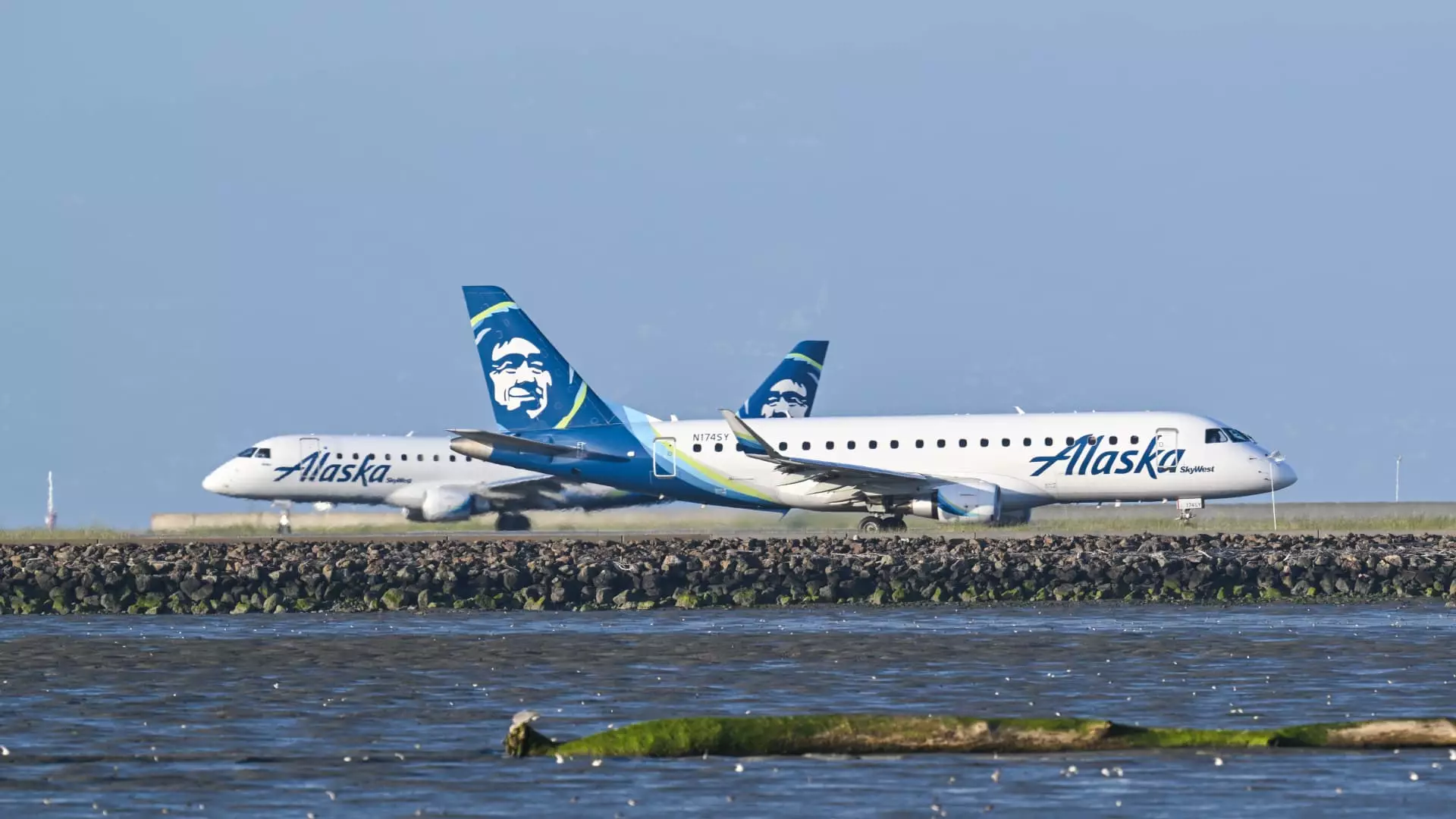Alaska Air Group is positioning itself strategically to tap into the surging demand for premium travel experiences, projecting a remarkable $1 billion increase in profits by 2027. This vision comes on the heels of its recent acquisition of Hawaiian Airlines for $1.9 billion, a deal finalized in September, which opens new avenues for the airline, including expansive access to the Pacific routes and the addition of wide-body aircraft like the Boeing 787 Dreamliner. As the airline embarks on this new chapter, it remains crucial to examine its initiatives and the overall travel landscape.
As part of its growth strategy, Alaska Air is introducing nonstop flights from Seattle-Tacoma International Airport to both Tokyo’s Narita International Airport and Incheon International Airport in Seoul. This move is indicative of the airline’s efforts to cultivate a wider international presence, capitalizing on the planned service launch in May for Tokyo and later offering flights to South Korea in October. The introduction of these routes, utilizing Hawaiian’s Airbus A330-200s, signals Alaska’s readiness to embrace the opportunities presented by international travel demand. As Alaska seeks to serve over a dozen international destinations by 2030, it is both ambitious and timely to leverage its strong home hub presence.
The decision to enter the bustling Asian travel market reflects a strategic pivot towards premium travel, wherein travelers are increasingly seeking direct flights to major global cities. Additionally, ticket sales for these new routes are expected to bolster participation from travelers who prioritize convenience and efficiency in their travel plans.
Chief Financial Officer Shane Tackett emphasizes that a shift in consumer preferences is driving Alaska’s investment in premium seating and services. Recognizing the growing appetite for more comfort, the airline is actively revamping its premium cabin offerings, particularly on its newly acquired aircraft. Tackett’s insights reveal that a significant portion of Alaska’s recent revenue growth has stemmed from travelers willing to pay for premium experiences rather than relying solely on free upgrades.
This trend aligns well with the broader industry movement towards enhancing premium service options. Competing airline Delta Air Lines has acknowledged a similar demand shift, illustrating that more passengers are investing in first-class and premium economy seats, rather than relying on complimentary upgrades. This competitive landscape further underscores Alaska’s need to innovate and adapt its offerings to meet evolving customer expectations.
For its financial outlook, Alaska Air is ambitious yet realistic, projecting pretax margins between 11% and 13% by 2027. The expectation of per-share earnings exceeding $10 ties back into expected revenue growth and efficient management strategies. As Alaska prepares to integrate Hawaiian Airlines’ results into its financial forecasts for 2024, the airline anticipates earnings between $3.50 and $4.50 per share, setting a robust foundation for its future growth.
Moreover, the launch of a “premium” credit card in collaboration with Bank of America serves as another calculated tactic aimed at cultivating long-term loyalty from customers, broadening revenue sources even when passengers aren’t onboard. By creating additional touchpoints with their customer base, Alaska Air continues to fortify its position in a highly competitive market.
While projecting growth and expansion, Alaska Air Group is also grappling with significant challenges, particularly concerning its relationship with Boeing. Recent experiences, such as a near disaster involving a malfunctioning door plug on a 737 Max 9, have triggered heightened concerns around quality assurance in aircraft deliveries. Tackett has expressed understanding but also urgency regarding Boeing’s production process, signaling a necessity for improvement in manufacturing standards.
The interplay between aircraft quality and delivery schedules is essential for Alaska’s operational efficiency, especially as they pivot to expand international services. With Boeing’s new leadership focused on stabilizing production and quality control, Alaska Air Group must navigate this relationship carefully while continuing to pursue ambitious growth plans.
Alaska Air Group is embarking on an exciting journey marked by bold aspirations and strategic maneuvering to redefine its market presence. By expanding its international routes, enhancing premium offerings, and carefully managing its aircraft supply chain, Alaska is setting the stage for a potentially prosperous future. As the airline industry continues to evolve post-pandemic, the trajectory for Alaska Air Group appears bright, provided it can adeptly manage the intricacies of the volatile aviation landscape. Balancing ambition with a commitment to quality will be critical as the airline seeks to make its mark on both national and international stages.

